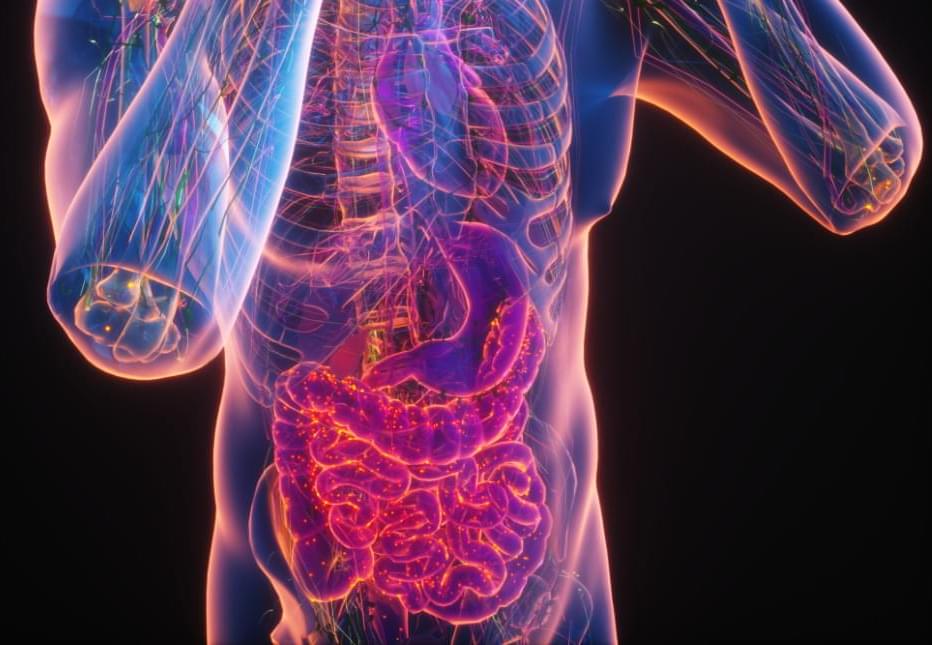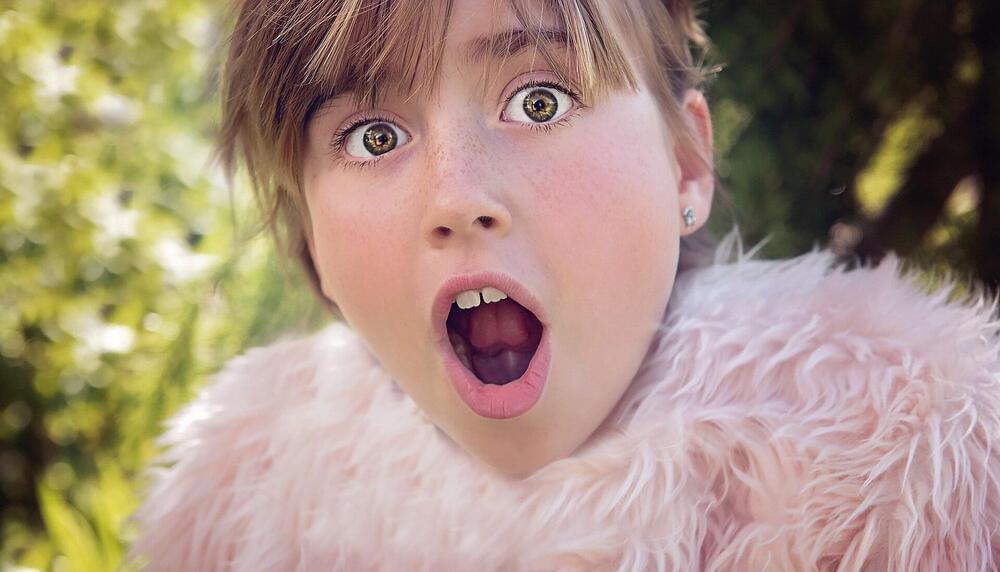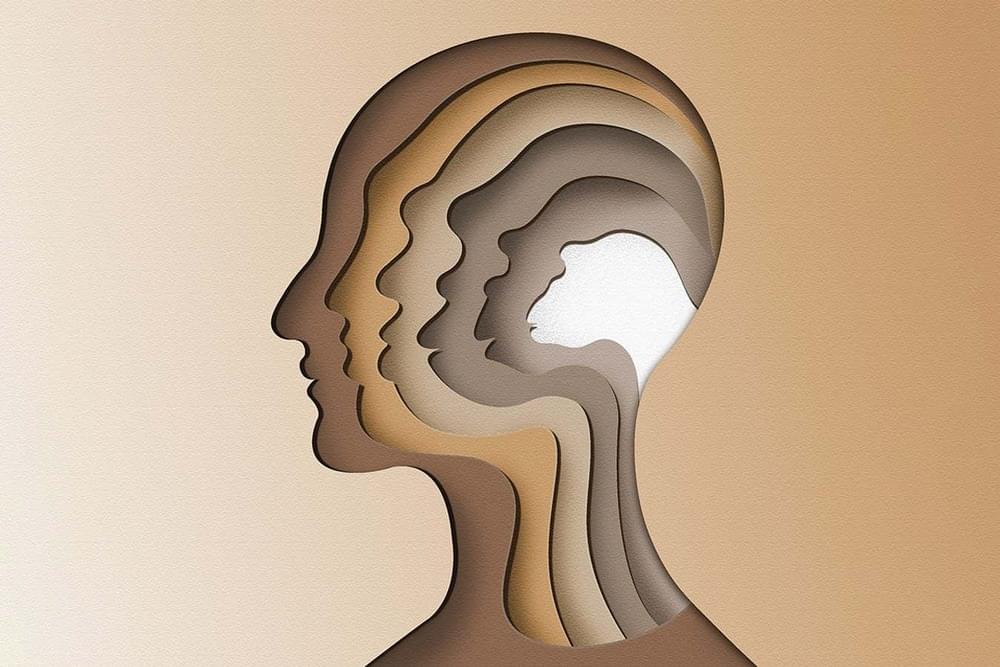Join us on Patreon! https://www.patreon.com/MichaelLustgartenPhDDiscount Links: NAD+ Quantification: https://www.jinfiniti.com/intracellular-nad-test/Use Cod…
Category: neuroscience – Page 382

Does the Universe Have a Purpose? What’s the Point of Universe’s Evolution?
The Omega Point cosmo-teleology emerges from the intersection of quantum cosmology, teleology, and complex systems theory. Originally conceptualized by French philosopher Pierre Teilhard de Chardin, the Omega Point envisions the universe evolving towards a state of maximum complexity and consciousness (Teilhard de Chardin, 1955). Such a state represents the ultimate goal and culmination of cosmic evolution, wherein the convergence of mind and matter leads to a unified superintelligence.
The Omega Point theory postulates that the universe’s evolution is directed towards increasing complexity and consciousness, a teleological process with a purposeful end goal (Teilhard de Chardin, 1955). The concept was further refined by physicists and cosmologists, including John David Garcia (Garcia, 1996), Paolo Soleri (Soleri, 2001), Terence McKenna (McKenna, 1991), Frank Tipler (Tipler, 1994), and Andrew Strominger (Strominger, 2016).
A complementary perspective to the Omega Point theory is found in the Holographic Principle, which posits that all information within our universe is encoded on its boundary. Such an idea suggests our three-dimensional reality is a projection from this two-dimensional surface (Bekenstein, 2003). In the holographic universe, everything we perceive is a reflection of data encoded at the cosmic edge, which could imply that our entire universe resides within a black hole of a larger universe (Susskind, 1995). This perspective aligns with the concept of maximum informational density at the Omega Point and highlights the profound interconnectedness of all phenomena, blurring the boundaries between mind, matter, and the cosmos into a singular, computational entity.

A maternal brain hormone that builds bone
Did you know that the nervous system can help to build and repair bone?
Researchers identify a key brain-derived hormone that repairs bone in both sexes and critically maintains bone density in lactating female mice.
Researchers have found that a brain hormone called CCN3, produced by specific…
A brain-derived hormone, CCN3, is newly identified to have a role as an osteoanabolic factor to build bone in lactating females and in the viability of offspring.
The 4 biggest ideas in philosophy, with legend Daniel Dennett for Big Think+
“Forget about essences.” Philosopher Daniel Dennett on how modern-day philosophers should be more collaborative with scientists if they want to make revolutionary developments in their fields.
Up next, How Temple Grandin embraces autism ► • Einstein would probably be in an aut…
Philosophy and science haven’t always gone hand-in-hand. Here’s why that should change.
Daniel Dennett, an Emeritus Professor from Tufts University and prolific author, provides an overview of his work at the intersection of philosophy and science. Many of today’s philosophers are too isolated in their pursuits, he explains, as they dedicate their intellect purely to age-old philosophical ideas without considering the advancements of modern science. If our understanding of reality evolves with every new scientific breakthrough, shouldn’t philosophical thought develop alongside it?
In just 11 minutes, Dennett outlines the four eras he evolved through on his own journey as a philosopher: classical philosophy, evolutionary theory, memetic theory, and the intentional stance. Each stage added depth to his perspective and understanding, enriching his personal journey as a philosopher and his analysis of how philosophy, when used correctly, can help us comprehend human behavior.
Dennett’s key takeaway is a request for philosophers to reevaluate their methodologies, urging modern-day thinkers to embrace the insights offered by new scientific discoveries. By combining the existential and theoretical viewpoints of philosophers with the analytical and evidential perspective of scientists, we can begin to fully and accurately interpret the world around us. Maybe, with this type of collaboration, we can begin to answer the questions that started our intellectual pursuits in the first place, so many hundreds of years ago.

Putting the Brakes on Chronic Inflammation
Scientists at Weill Cornell Medicine discovered a previously unknown link between two key pathways that regulate the immune system in mammals — a finding that impacts our understanding of chronic inflammatory bowel diseases (IBD). This family of disorders severely impacts the health and quality of life of more than 2 million people in the United States.
The immune system has many pathways to protect the body from infection, but sometimes an overactive immune response results in autoimmune diseases including IBD, psoriasis, rheumatoid arthritis and multiple sclerosis. Interleukin-23 (IL-23) is one such immune factor that fights infections but is also implicated in many of these inflammatory diseases. However, it was unknown why IL-23 is sometimes beneficial, and other times becomes a driver of chronic disease.
In the study, published June 12 in Nature, the team found that IL-23 acts on group 3 innate lymphoid cells (ILC3s), a family of immune cells that are a first line of defense in mucosal tissues such as the intestines and lungs. In response, ILC3s increase activity of CTLA-4, a key regulatory factor that prevents the immune system from attacking the body and beneficial gut microbiota. This interaction critically balances the pro-inflammatory effects IL-23 to maintain gut health, but is impaired in IBD.

Erasing ‘bad memories’ to improve long term Parkinson’s disease treatment
Common treatments for Parkinson’s disease can address short-term symptoms, but can also cause extensive problems for patients in the long run. Namely, treatments can cause dyskinesia, a form of uncontrollable movements and postures.
In a recent study published in The Journal of Neuroscience, researchers at the University of Alabama at Birmingham took a different approach to dyskinesia and treated it like a “bad motor memory.” They found that blocking a protein called Activin A could halt dyskinesia symptoms and effectively erase the brain’s “bad memory” response to certain Parkinson’s treatments.
“Instead of looking for a completely alternative treatment, we wanted to see if there was a way to prevent dyskinesia from developing in the first place,” said David Figge, M.D., Ph.D., lead study author and assistant professor in the UAB Department of Pathology. “If dyskinesia does not occur, then patients could potentially stay on their Parkinson’s treatment for longer.”

Run screaming or slow retreat? New study sheds light on brain responses to emotionally-charged scenes
The ability to recognize and respond to emotionally-charged situations is essential to a species’ evolutionary success. A new study published in Nature Communications advances our understanding of how the brain responds to emotionally charged objects and scenes.
The research, led by Trinity College Dublin neuroscientist Prof. Sonia Bishop, and Google researcher Samy Abdel-Ghaffar while he was a Ph.D. student in Prof. Bishop’s lab at UC Berkeley, has identified how the brain represents different categories of emotional stimuli in a way that allows for more than a simple “approach/avoid” dichotomy when guiding behavioral responses.
Sonia Bishop, now Chair of Psychology in Trinity’s School of Psychology, and senior author of the paper, explains, It is hugely important for all species to be able to recognize and respond appropriately to emotionally salient stimuli, whether that means not eating rotten food, running from a bear, approaching an attractive person in a bar or comforting a tearful child.

Why did humans evolve big brains? A new idea bodes ill for our future
Recent fossil finds suggest that big brains weren’t an evolutionary asset to our ancestors but evolved by accident – and are likely to shrink again in the near future.
By Colin Barras

Brain Organoids Communicate: A Step Toward “Organoid Intelligence”
Scientists have connected two organoids together with an axon bundle, to study how brain areas communicate. They sent signals back and forth and responded to external stimulation. This could be a step toward biocomputing.
Learn about: axons, white matter, re-entry, optogenetics, myelination, entrainment, short-term potentiation.
CORRECTIONS/CLARIFICATIONS:
As the pinned comment points out, there are many different kinds of neurons, and two pairs of organoids may not have the same cellular makeup. This natural variation between neurons might also account for the different post-stimulation behavior of the organoids from different cell lines.
Greg dunn’s neuro art: USE CODE \